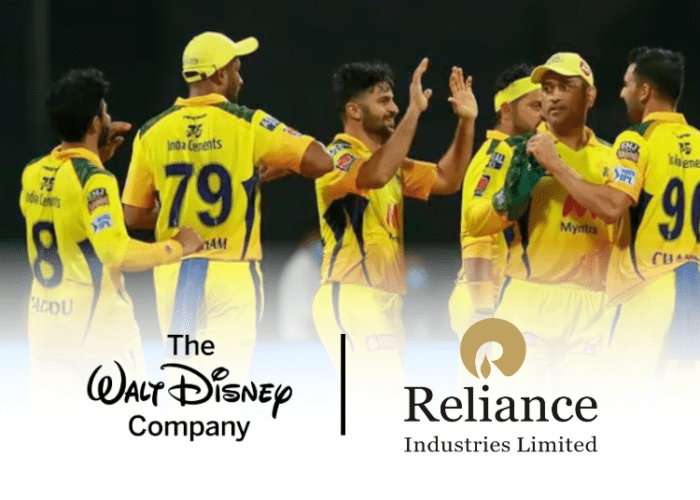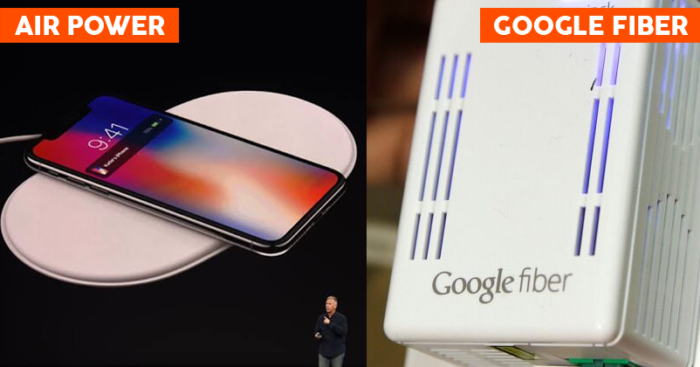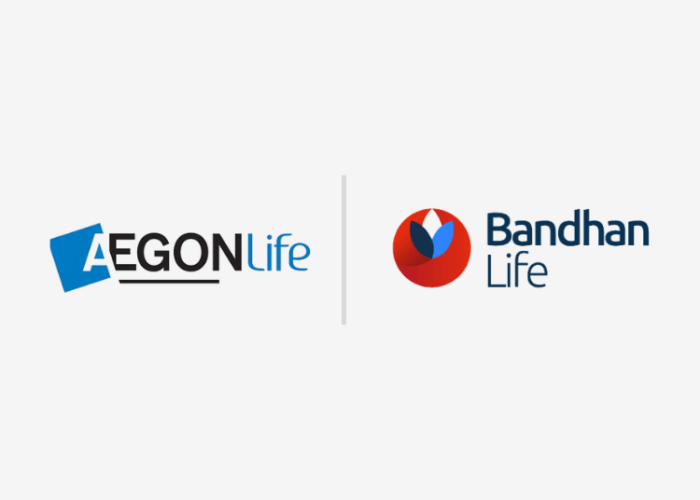Living in the high-tech world, enjoying quality content on your mobile phones or making a quick espresso at home – everything happens for a reason.
The reason you can make that coffee at home is because the coffee machine became a huge hit after launch, the reason there is quality content on your mobile phones is because the success of mobile phones motivated innovation.
The reason is technology!
But well, just like every day is not a good day, every invention does not make sense. Sometimes there are reasons why technology and its new inventions fail to please the customers and even big giants like Google, struggle to find success. These are the top 10 product flops of 2010s:
1) Apple drain

Apple is the name that pops into our minds as the major tech giant in the world. However, when it launched AirPower in 2017, it was a short-lived moment. AirPower was a wireless charger mat for all the latest Apple products of those days like iPhone X and Apple watch. It was a delayed product that got canceled because it was overpriced and not up to quality.
2) Amazon fire
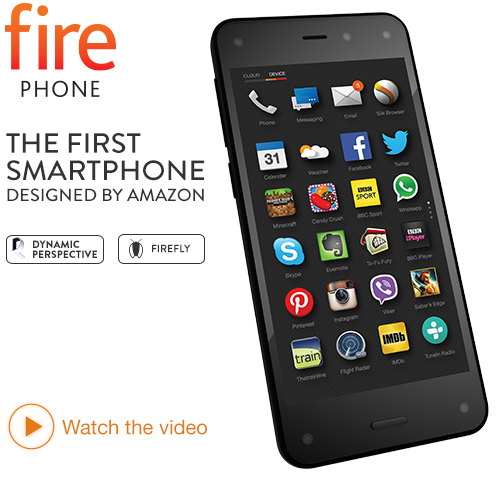
Amazon tried to enter the smartphone arena back in 2014. It launched Amazon fire phone, costing USD 650 and having 3D features, something which wasn’t in demand back in the day. A year later, Amazon was smart enough to understand it’s losses and stop the production of these Fire phones.
3) Coolest not so cool
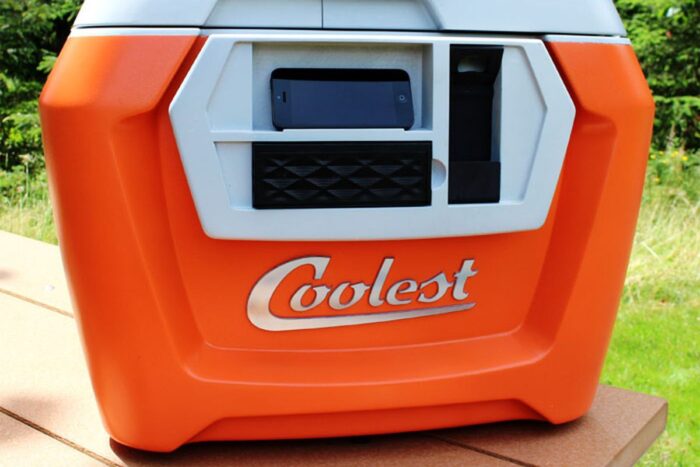
Coolest had an idea that initially received a huge amount of funding but then failed to go big. The idea was of a cooler, having all basic electronic gadgets like a wireless speaker, USB for charging, a blender, etc. However, it was difficult to carry around, could not deliver all its orders from the launch in 2016 to 2018 and failed to gain crowd interest.
4) Google’s not so fine
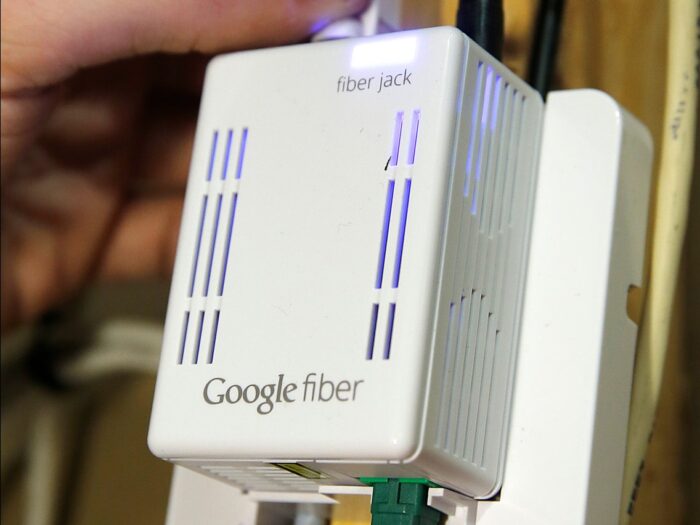
Google launched Google Fiber as a direct subsidy to parent company Alphabet Inc. where the prime goal was Fiber-to-the-home expansion. A start in Kansas City in 2014 with a little expansion till 2015, Google had to end the initiative due to low revenue generation.
5) Google’s shiny surfaces

Google launched Google glass in 2013 for USD 1500 as a tester for the market. The idea was to have all data from the phone directly in front of the eyes. However such high prices and probably the fact that the world wasn’t ready for something like this, it was removed from the shelf in 2015. A corporate edition is still sold but then again, fame and demand are missing.
6) Lytro Clicks
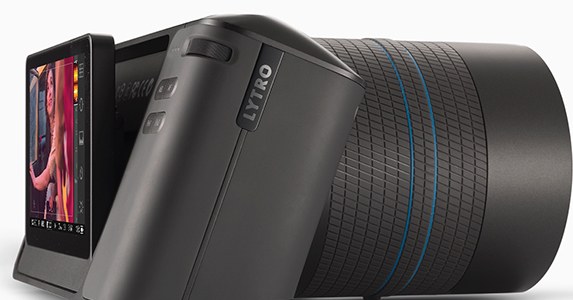
To boost light field photography, Lytro launched a field camera that would click a picture at first and then we could move on to focus on the subject. A relief for photographers at first, it was shut down after reviews about bad quality, hazy images and sky-high prices ( USD 1600) were floated.
7) MoviePass money crunch

Launched to provide a plan for movie lovers, it allowed any holder to watch as many movies a month for just USD 10. At such a small price and two million subscribers, there were many battles fought with theatre chains and competitors, leading to the end of the show in 2019.
8) Blackberry Tabbing it out
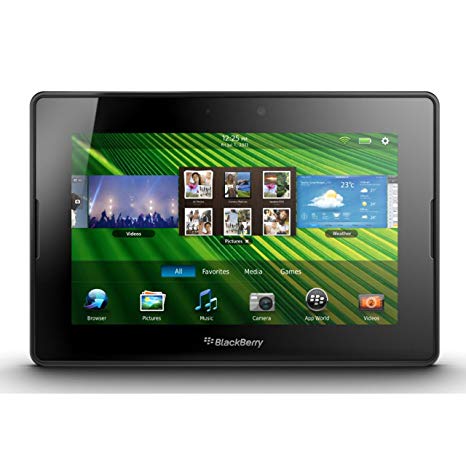
Blackberry Ltd. Or earlier called Research in motion used to be a leader in the mobile phone universe. However, with new competitors like Apple and Samsung, it tried to up its game in 2010 by launching the Blackberry playbook. However, lack of apps, content and classy design, it failed to reach customers, got left behind in retail shops and saw its life end in 2013.
9) Samsung Galaxy Note
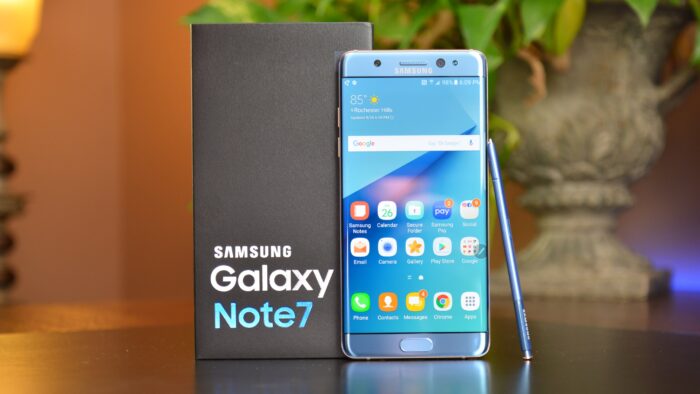
Samsung Galaxy Note 7 saw the exact success all Samsung phones do. However, when it started exploding in pockets or on tables, without even being in use, complaints weren’t enough. The phone had battery issues and hence production was stopped. Although, models like Note 7 and 8 are doing really well these days.
10) Samsung entering the new
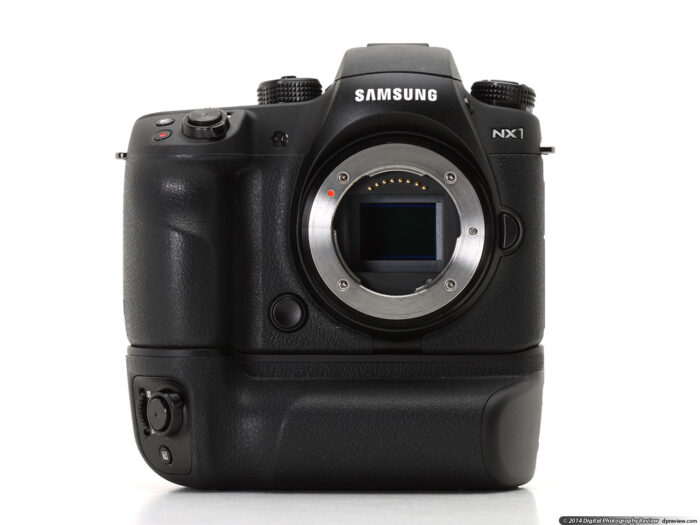
Samsung tried to enter the photography market in 2010 and later launched the NX1 in 2014. It has 4k videos, amazing marketing, and even exchange offers, but nothing worked out. Probably because the world couldn’t see the value of such amazing features back then, the camera series had to see the dust in 2015.



